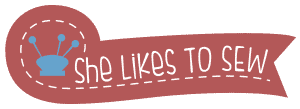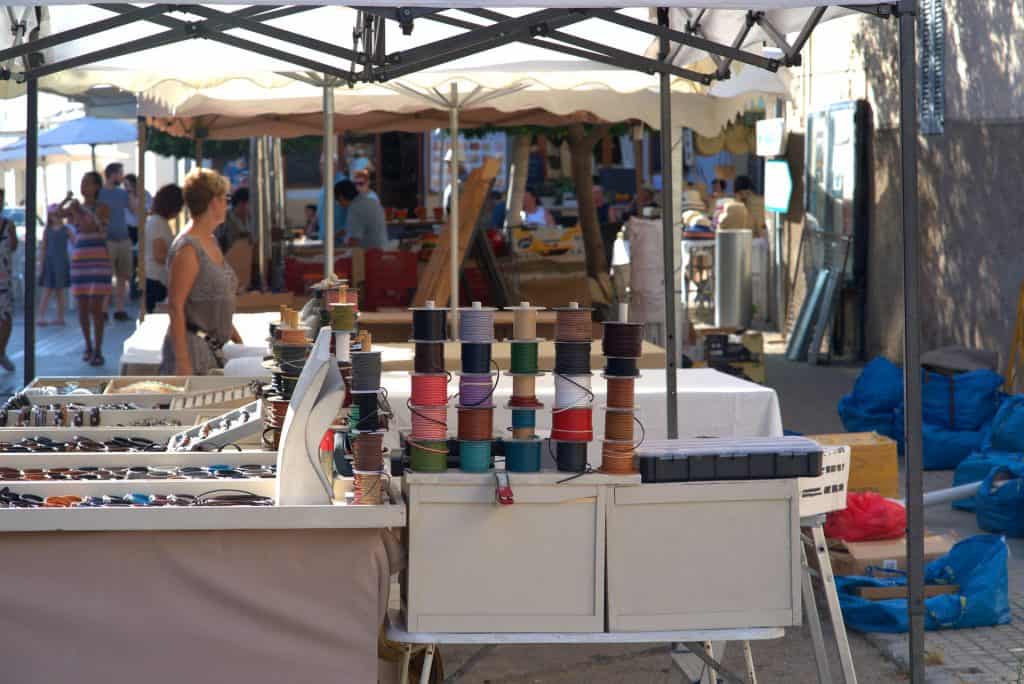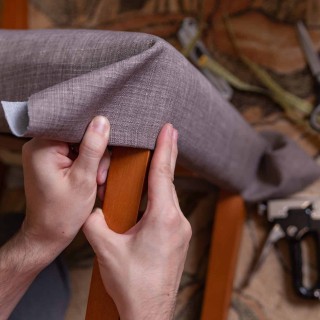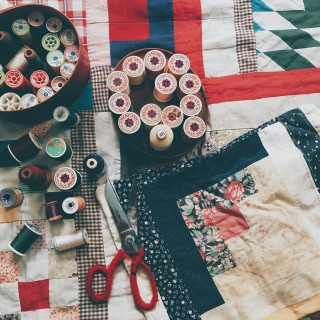So you’ve stumbled upon a nice sewing machine at a garage sale or inherited your (grand)mother’s precious vintage model and want to put it to good use. Aside from stitching up clothes and accessories for yourself and your loved ones, you could also hone your skills and set up a sewing shop. There are plenty of realistic ways to make extra bucks on the side with the help of your sewing machine. Read on to get inspired and feel free to incorporate more than one of the ideas below into your business plan.
Please bear in mind that you’ll need to work on your marketing skills and thoughtfully price your products to be able to make a profit. Don’t be ashamed to seek professional advice if you feel you need it.
Tip #1: Sew and Sell Bags and Purses
Handbags and purses never go out of style. Should you decide to dedicate your time and talent to this type of sewing project, I advise you to choose elegant and memorable designs like the Chanel quilted handbag and the Dior saddle bag. Opt for high-quality, durable materials if you want to be able to charge more.
If you feel handbags and purses are too big of a bite for you right now, then fabric tote bags might be right up your alley. These accessories are becoming increasingly popular, especially among folks striving to adopt eco-friendly habits. Canvas and cotton tote bags are extremely easy and quick to make. You can play with as many colors and details as you like, as offering your customers multiple options is always a huge plus.
Starting your own line of bags for everyday use is an excellent idea for those of you who enjoy sewing these kinds of accessories. If you’ve mastered all the necessary seams and techniques, you can sew and sell lunch bags, reusable snack pouches, drawstring backpacks, zipper makeup bags, and market totes. Look for sturdy printed fabrics with cute food, farm, or nature motifs.
When it comes to selling, I recommend listing your creations on well-known platforms like Etsy and ArtFire and shipping them worldwide, so you can expand your customer base.
Tip #2: Make and Sell Baby Clothing
If you’re confident in your sewing skills but don’t have the time to sew adult-sized garments, consider focusing on baby clothes. Newborn babies are a cause for family celebrations which are practically always accompanied by gifts. You can make all kinds of infant apparel or specialize in embroidered christening gowns.
Whichever option you go with, make sure you use durable and safe fabrics like organic cotton and bamboo. You should also ensure the seams are strong enough to endure frequent washing, as babies and soiled clothes go hand-in-hand.
Design-wise, it’s smart to get creative and make adorable one-of-a-kind pieces that parents and grandparents couldn’t say ‘no’ to.
Tip #3: Sew and Sell Women’s Accessories (Beginner-Friendly)
In addition to bags, you could enrich your women’s accessory collection with colorful infinity scarves, patterned headbands, shiny satin scrunchies, fingerless mittens, slouchy beanie hats, face masks, and anything else you enjoy making. This is yet another situation where thinking outside the box and bringing innovative ideas to life can help you broaden your target market and increase your sales.
Tip #4: Make and Sell Home Decor Items (Beginner-Friendly)
This may come as a surprise to some of you, but handmade home decor products are in high demand. Pillow covers, throw and reading pillows, table runners, kitchen curtains, potholders, tea towels, koozies, and oven mitts are only some of the numerous great ideas you can choose from. To set your creations apart from the competition, look for unique materials and trims and add subtle yet beautiful details.
Tip #5: Sew and Sell Personalized Gifts (Beginner-Friendly)
If you own an embroidery machine and love collaborating with your customers, then this sewing project might be perfect for you. Selling custom-made gifts is an amazing idea because there’s a huge market for them. You can make t-shirts for brides and grooms (embroider their names or special messages on them), stitch up tote bags for bridesmaids, or make quilts inspired by your customers’ favorite childhood memories.
It goes without saying that you’ll need a reliable communication channel with your potential clients so they can provide you with as much information as you need to bring their ideas to life. If you fear this business concept might be a bit overwhelming for you, you should consider other, less demanding projects.
Tip #6: Make and Sell Stuffed Toys and Doll Clothes
Both little children and parents love stuffed toys and doll apparel. However, sewing in 3D can be tricky, so be prepared for a real challenge. On the plus side, stuffed animals don’t require much fabric. The same goes for doll clothes—they call for complex sewing skills and require a lot of patience. Luckily, the measurements are simpler here (when compared to clothes for human people) and can be made in the same shape and size, as dolls usually come in standard sizes.
Tip #7: Sew and Sell Dog Clothes and Accessories
Dog clothing and accessories are such a fun but often underrated niche. Responsible dog owners know how important it is to take proper care of their pooches, and this includes keeping them warm and safe in harsh weather conditions. You can create a collection of practical and long-lasting pooch jackets, winter coats, and comfy sweaters, or focus on non-obtrusive accessories like bandana collars.
Please make sure your customers choose the right size for their animal companion and advise them not to leave a piece of clothing on their dog for too long as they can easily overheat. Vets and animal rights advocates say dogs should wear coats, sweaters, and similar clothing items only when exposed to very low temperatures, never indoors.
Tip #8: Make and Sell Costumes
Don’t costumes sell well only in October, right before Halloween? No, they don’t. Halloween isn’t the only special occasion that calls for carefully made costumes. Events like renaissance faires and themed parties create a demand for costumes, too. You can focus on sewing period garments like flapper dresses and fringe shawls or go with simpler projects such as princess, fairy, witch, superhero, and other kids’ costumes for All Hallows’ Eve.
Tip #9: Start a Clothing Repair Business
Sewing things from scratch isn’t everyone’s cup of tea. If you enjoy fixing mistakes instead of making them, consider opening an alterations shop. This option requires advanced unpicking and (fine-)sewing skills and extra care, as you’ll probably work on expensive clothes like wedding gowns, prom dresses, and designer pieces. You’ll likely need to hem pants and take in waistbands, so be sure you’re properly prepared.
Unlike most of the previously mentioned ideas, this one requires a safe physical place to meet your customers and take their measurements. This will obviously increase your fixed costs (rent), which you must take into account when determining the price of your services.
Tip #10: Offer Custom Embroidery Services
You could offer basic logo embroidery and/or initials embroidery on towels, t-shirts, socks, uniforms, and workwear. This can be quite challenging if you don’t have an embroidery machine and work alone, in which case you should determine a maximum number of orders. If you decide to specialize in embroidery, consider developing various intricate designs so your clients have the chance to see your talent at work.
Tip #11: Offer Sewing Lessons
Becoming a sewing tutor can bring you so much joy, especially if you no longer want to create. There are many people who want to learn the basics of this underrated life skill, but sewing books, magazines, and YouTube tutorials seem to only confuse them. These folks usually need one-on-one sessions so they can ask their teacher questions in real time and have their mistakes corrected quickly.
You can give one-on-one sewing lessons in the comfort of your home, via Skype, or at your student’s place if they own a functioning sewing machine. Another amazing option is to organize group classes and charge an hourly fee. You can plan different projects for each session and provide your students with all the necessary materials and tools. Obviously, this concept works best for those who own multiple sewing machines – or are ready to make the investment.
Final Thoughts
Earning a living or even making extra money by selling your sewing projects isn’t exactly a breeze because the competition is fierce. That’s exactly why you need to work on your weaknesses and utilize your strengths. When deciding which business idea suits you best, take into consideration your experience level, your personality, and the types of sewing projects you love working on.
If you’re relatively new to sewing, you might want to start small and grow your company as your skills improve. Introverted seamstresses/seamsters might find running a clothing repair service and tutoring too taxing, as they’ll need to meet and communicate with people on a daily basis. If you’re one of them, consider setting up an online shop instead.







